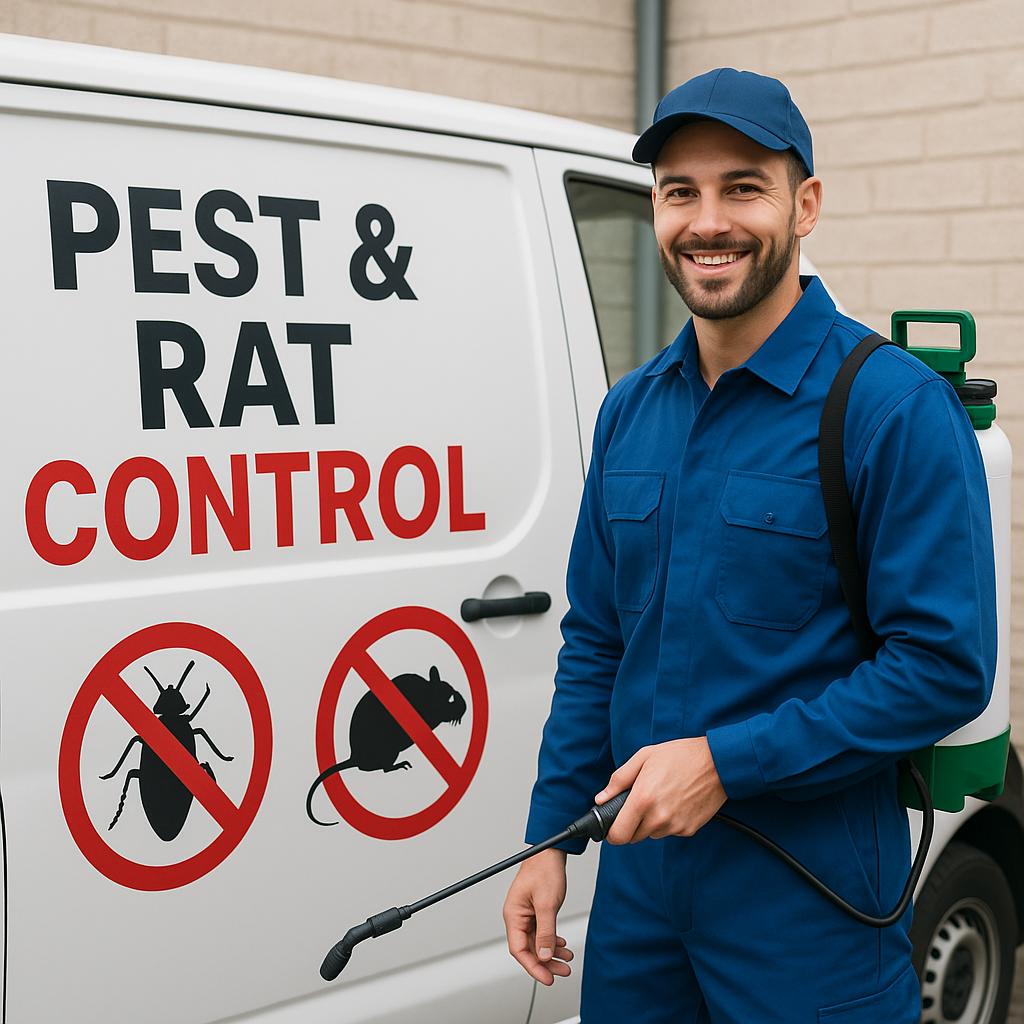Rat control Delta requires targeted strategies that address common entry points and nesting areas. Effective rat control focuses on eliminating food sources, sealing access points, and using traps or professional pest services when necessary. Understanding local conditions helps tailor these methods for better results.
Rats can damage property and pose health risks, making their control essential for homeowners and businesses alike. Delta’s climate and urban environment create specific challenges that demand appropriate prevention and removal techniques.
By applying focused measures, residents can reduce rat populations efficiently. This article explores practical steps and expert recommendations for managing rat issues in Delta effectively.
Rat Control Solutions in Delta
Effective rat control in Delta requires precise identification of infestations, access to professional removal techniques, and consistent preventive actions. Selecting the right control service also plays a vital role in managing and reducing rat populations safely and efficiently.
Identifying Rat Infestations
Infestations in Delta are often revealed by physical evidence such as droppings, gnaw marks, and greasy rub marks on walls. Rats typically nest in dark, sheltered areas near food and water sources, including basements, attics, and outdoor sheds.
Unusual sounds like scratching or scurrying behind walls or under floors are common signs, especially at night. Tracking tunnels or chewable materials may also indicate active rat presence. Early identification helps target control efforts precisely and reduces the chance of extensive damage.
Professional Rat Removal Methods
Professionals in Delta use a combination of trapping, baiting, and exclusion methods. Snap traps and electronic traps provide immediate reduction, while bait stations with rodenticides target larger populations safely.
Exclusion techniques involve sealing entry points using durable materials like steel mesh or concrete to prevent re-entry. Professionals also evaluate sanitation and structural issues to address underlying conditions that support infestations.
Licensed pest control services follow local regulations on chemical use and waste disposal, ensuring both effectiveness and safety for residents and pets.
Preventive Measures for Homes and Businesses
Delta residents should eliminate access to food, water, and shelter to prevent rat infestations. This includes securing garbage bins with tight lids, promptly cleaning up spills, and storing pet food indoors.
Repairing cracks, holes, and gaps in building foundations, walls, and roofs is essential to block entry. Maintaining clear landscaping by trimming overgrown vegetation reduces hiding spots near structures.
Installing door sweeps and screens on vents can stop rats from entering crawl spaces and attics. Regular inspections and prompt repairs minimize risks long-term.
Choosing a Rat Control Service in Delta
When selecting a service, reputation and experience in the Delta area matter most. They should offer a detailed inspection, transparent pricing, and customized treatment plans based on infestation severity.
Verify licensing and insurance before hiring. Check reviews or ask for references from previous clients. A reliable provider will also offer follow-up visits to ensure the infestation is resolved.
Services using integrated pest management (IPM) strategies demonstrate a commitment to sustainable, effective control through multiple complementary methods.
Long-Term Rat Prevention Strategies
Effective rat prevention requires consistent effort and targeted actions that reduce attractants and block access. Property maintenance, regular inspections, and appropriate deterrents play central roles in minimizing rat infestations over time.
Landscape and Property Modifications
Keeping the landscape tidy is crucial. Rats are attracted to overgrown vegetation near buildings, so trimming shrubs and maintaining clear perimeters reduces hiding places. Removing debris piles, fallen fruit, and dense mulch eliminates food and shelter sources.
Proper waste management helps deter rats. Secure garbage in rat-proof containers and clean up spilled birdseed or pet food promptly. Sealing compost bins and avoiding open storage of firewood next to structures further decreases rat-friendly environments.
Physical barriers like metal flashing or hardware cloth can protect vulnerable parts of the property. Ensuring that vents, foundations, and entry points are patched with durable materials keeps rats from gaining indoor access.
Ongoing Inspection and Monitoring
Regular inspections identify emerging rat activity before infestations grow. Checking for fresh droppings, gnaw marks, and tracks near food and shelter areas guides timely interventions.
Setting up monitoring stations with non-toxic bait or traps helps track rat presence and population trends. Recording findings weekly or biweekly enables adjustments in control strategies.
Homeowners or property managers should pay attention to signs near garbage disposal areas, basements, gardens, and utility lines. Early detection reduces the likelihood of costly damage and health hazards.
Safe Rodent-Proofing Products
Using rodent-proof products made from metal or heavy-duty plastic prevents rats from chewing through barriers. Sealants, door sweeps, and wire mesh offer long-lasting protection when properly installed.
Natural deterrents like peppermint oil, capsaicin sprays, or ultrasonic repellents may complement physical barriers but should not be the sole defense. It is important to verify these products’ efficacy and use them according to manufacturer guidelines.
Avoiding toxic poisons in sensitive areas reduces risks to pets, wildlife, and children. Integrated approaches relying on secure exclusion methods combined with safe deterrents provide stronger, sustainable rat control.
